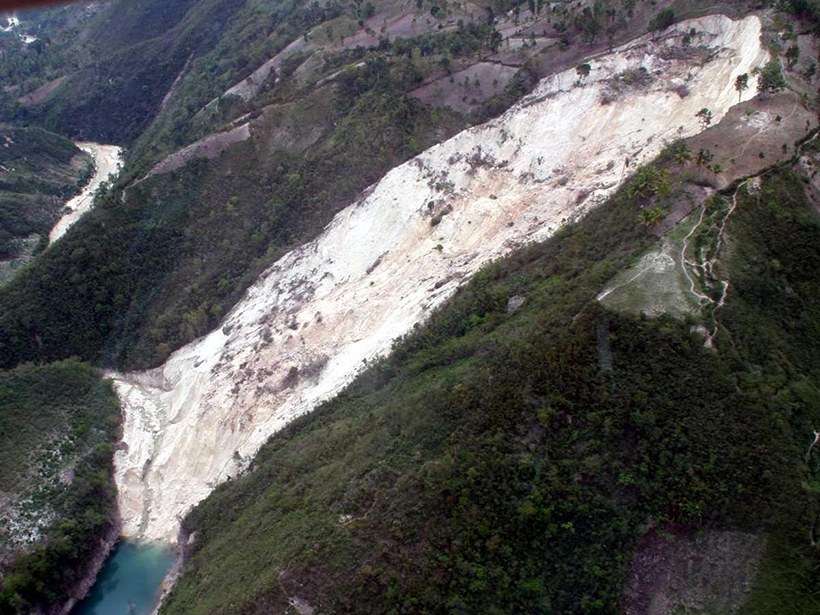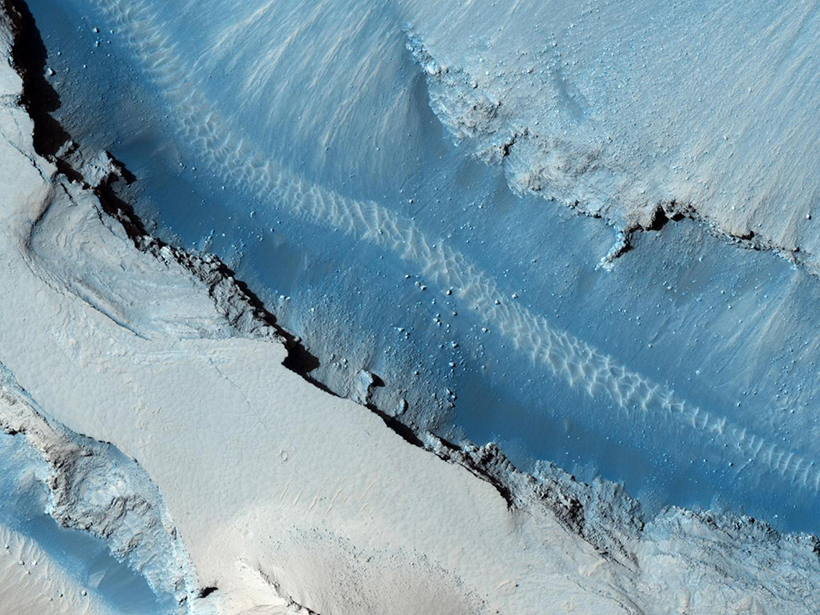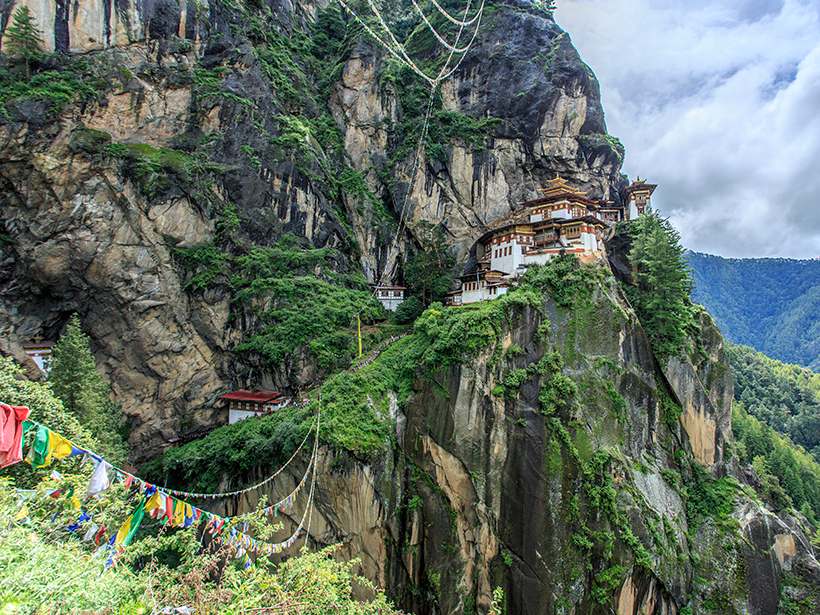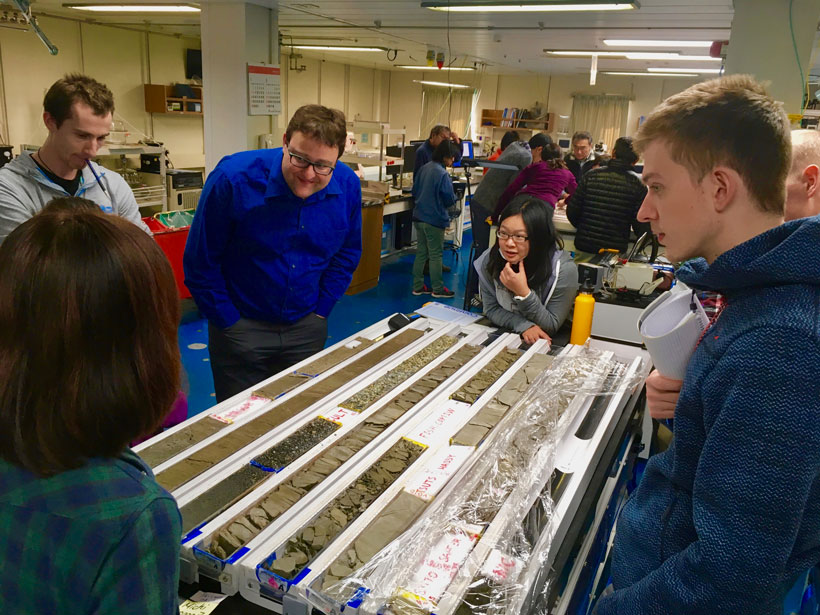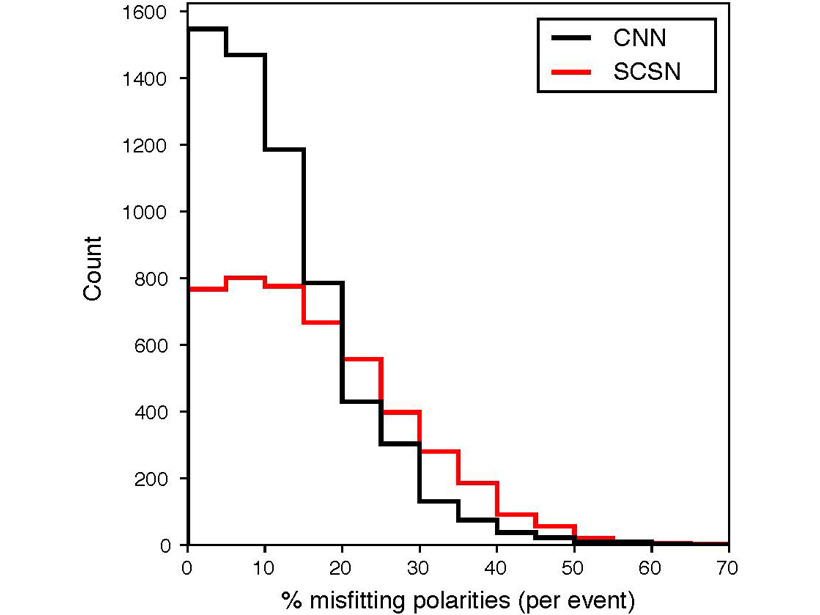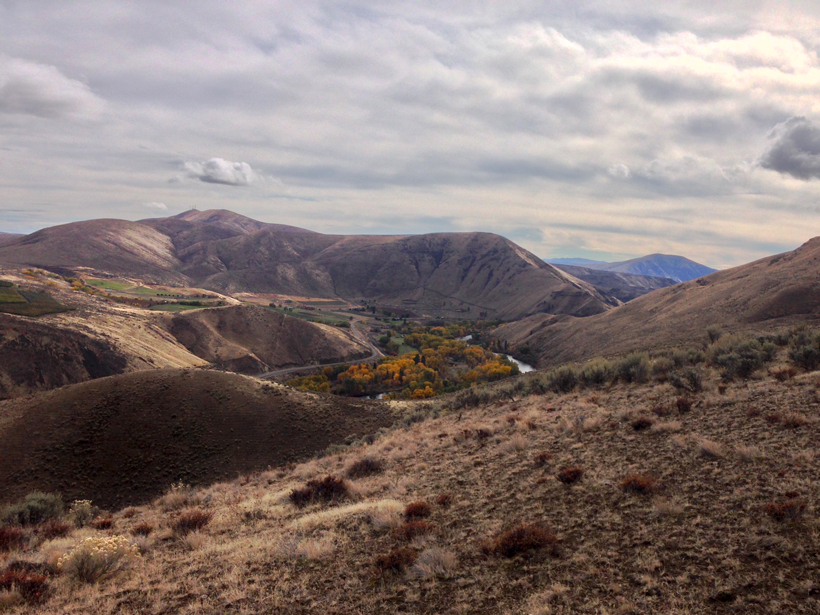A new version of a free Web application (SIGMELTS 2.0) helps Earth scientists interpret electrical anomalies in Earth’s crust and mantle and track the sources of earthquakes and volcanic eruptions.
earthquakes
Lessons from Mexico’s Earthquake Early Warning System
The devastating 2017 Puebla quake provides an opportunity to assess how citizens perceive and use the Mexico City earthquake early warning system.
Landslides Send Carbon-Rich Soils into Long-Term Storage
Earthquake-triggered landslides move soils down steep slopes and deposit the sediments near rivers, sequestering the carbon contained within them for millions of years.
Earthquake Precursors, Processes, and Predictions
A new book presents various studies that may establish a link between earthquakes and different types of precursor signals from the Earth, atmosphere, and space.
Searching for Signs of Marsquakes
Researchers use high-resolution images of Mars’s surface to look for signals of coseismic displacement.
Bhutan Earthquake Opens Doors to Geophysical Studies
A multinational research team discovered an underestimated earthquake hazard during their 7-year exploration of the unique geodynamics of the eastern Himalayas in Bhutan.
Hunting for Landslides from Cascadia’s Great Earthquakes
Researchers examine the rings of drowned trees in landslide-dammed lakes for clues to today’s earthquake hazards in the Pacific Northwest.
At-Sea Workshop Advances Subduction Zone Research
International Ocean Discovery Program Core-Log-Seismic integration at Sea (CLSI@Sea) workshop; Nankai Trough, Philippine Sea, off the coast of southwest Japan, January–February 2018
Removing the Drudgery from Earthquake Seismology
New methods of machine learning are bringing the phase arrival time and polarity picking used for automatic determination of earthquake fault planes to accuracies better than human analysists.
Constraining Central Washington’s Potential Seismic Hazard
Fault geometry and slip rate analyses show deformation in the Yakima Fold Province accelerated in the Pleistocene and has remained elevated, offering new insights into earthquake recurrence intervals.



